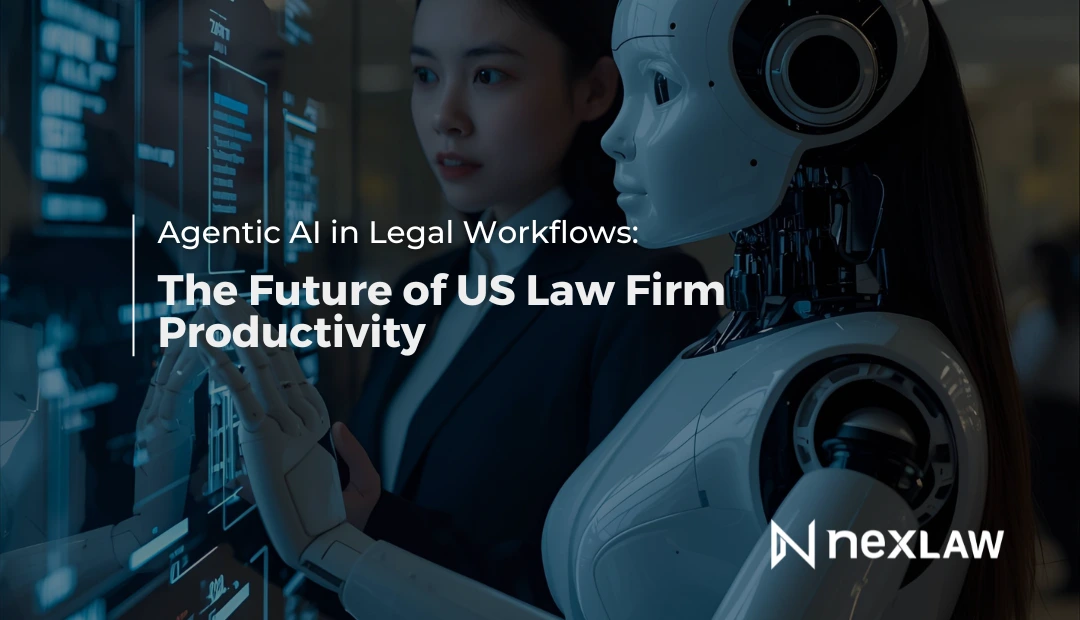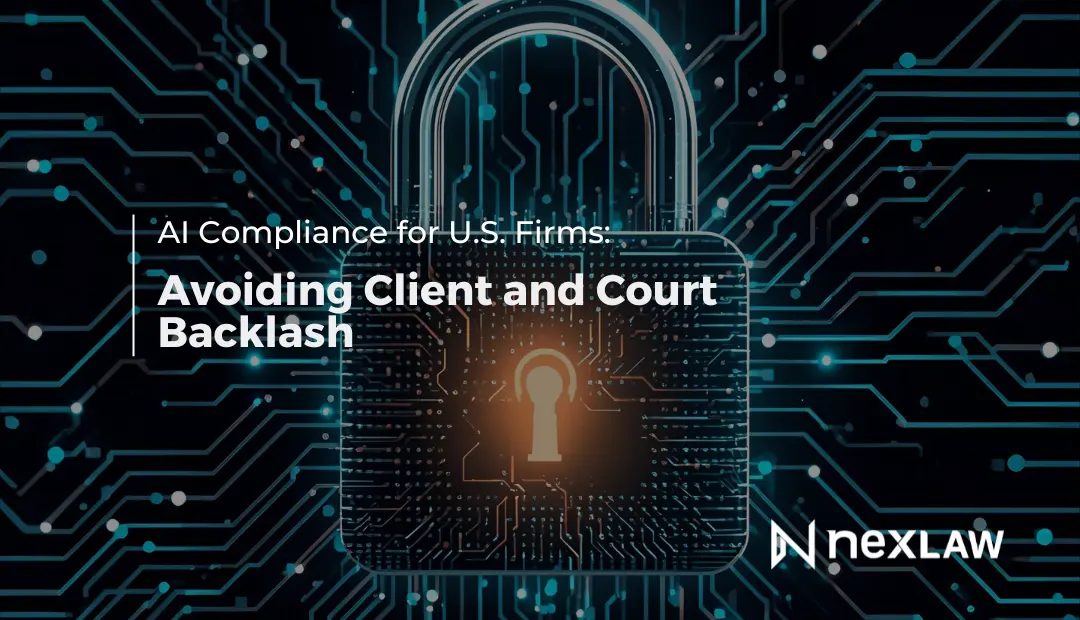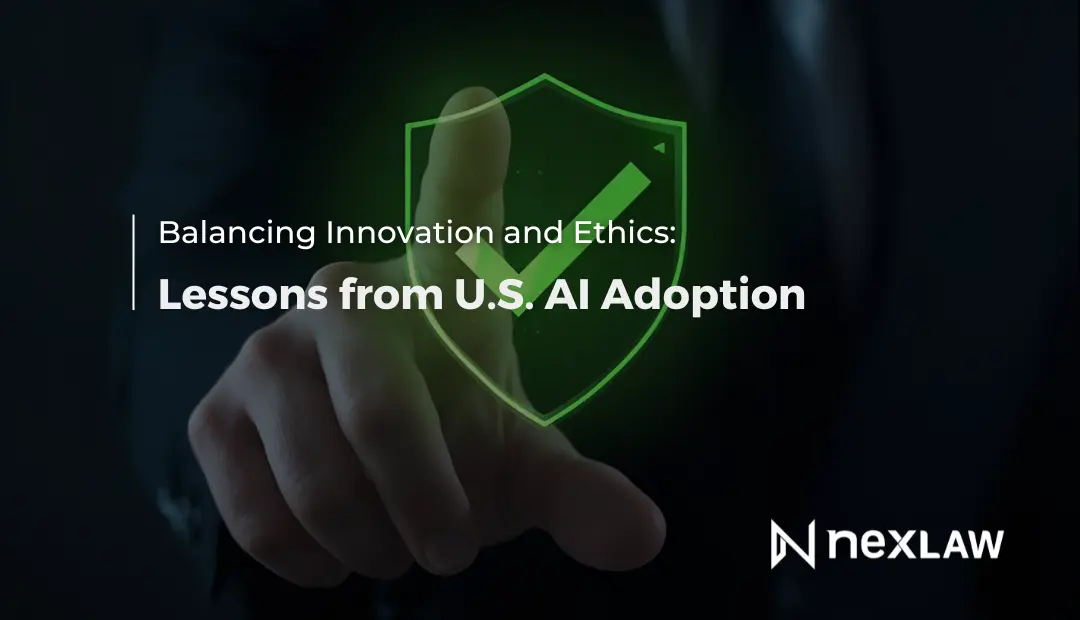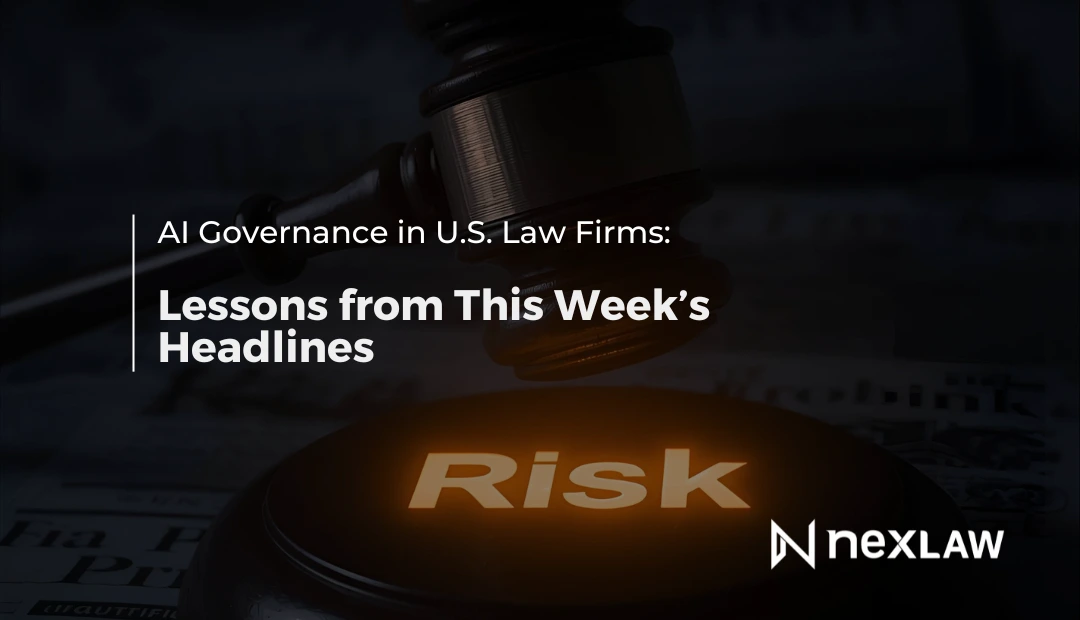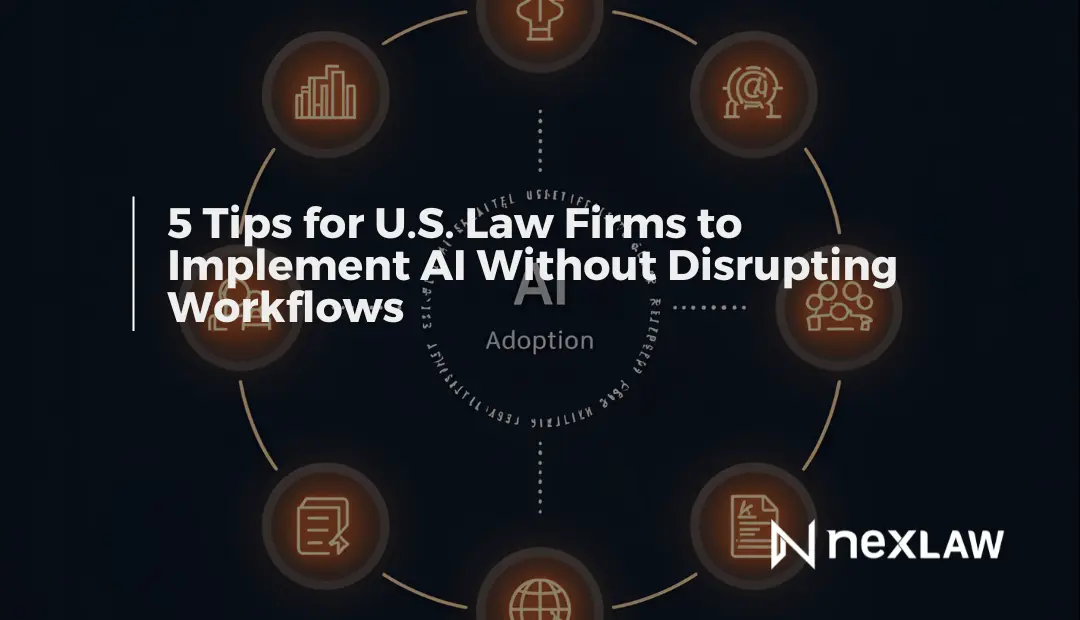Agentic AI in Legal Workflows: The Future of US Law Firm Productivity
Most US law firms have already embraced automation tools that file forms or generate documents. But now, the next frontier is agentic AI—an advanced form of artificial intelligence that can autonomously take initiative, understand context, and carry out multi-step legal tasks without constant human input.
Unlock Legal Insights Instantly!
Agentic AI doesn’t wait for commands. It identifies what needs to be done, sequences the steps, and executes tasks intelligently—freeing up legal professionals to focus on high-value strategy.
How Agentic AI Differs from Traditional Legal AI
| Feature | Traditional Legal AI | Agentic Legal AI |
|---|---|---|
| Input Dependency | Needs user prompts | Acts independently based on context |
| Task Scope | Single, isolated actions | Manages entire workflows from start to finish |
| Responsiveness | Waits for user interaction | Suggests and initiates next actions proactively |
| Context Awareness | Limited memory | Tracks documents, facts, and deadlines across cases |
| Use Case Fit | Search, draft, summarize tools | ECA, strategy mapping, trial prep |
With agentic AI, a tool moves from being a passive assistant to an active legal teammate.
Before vs. After: What Agentic AI Changes in Legal Workflows
| Workflow Step | Traditional Process (Before Agentic AI) | With Agentic AI (After) |
|---|---|---|
| Document Intake | Associate manually uploads files, emails team to notify, waits for confirmation. | AI detects upload, scans contents, extracts facts, and starts linking relevant issues, deadlines, and parties. |
| Case Analysis | Attorneys and paralegals manually read through documents, highlight issues, and create summaries over multiple days. | AI auto-summarizes documents, flags inconsistencies, and surfaces relevant legal issues in minutes. |
| Exhibit Linking | Paralegals manually match documents to arguments and build an index. | AI identifies relevant exhibits and links them to specific claims, witness statements, or motions. |
| Docketing & Deadlines | Clerks enter key dates from filings into calendars manually, often with delays or risk of errors. | AI extracts deadlines automatically from rules of procedure and adds them to case calendars with reminders. |
| Motion Drafting | Associates start drafts from scratch or reuse outdated templates without context-specific suggestions. | AI drafts motion skeletons based on case facts, suggests arguments, and pulls supporting citations from precedent or prior firm documents. |
| Attorney Review | Teams hold internal meetings to align on strategy, often late in the workflow after key documents have already been processed manually. | Attorneys step in earlier with AI-prepared timelines, strategy options, and pre-organized evidence—reducing prep time and improving clarity. |
Real Impact: Where Agentic AI Delivers the Most Value
- Early Case Assessment Agentic AI can review hundreds of documents in bulk, extract liability indicators, assess risk, and recommend litigation or settlement pathways—saving hours of manual analysis.
- Motion Drafting and Filing By understanding fact patterns and connecting them to relevant law, agentic systems can assemble outlines, suggest legal arguments, and even auto-populate filing forms with data pulled from existing matter files.
- Calendar and Deadline Automation Agentic AI reads procedural rules and court documents, identifies required deadlines, and autonomously updates docketing calendars with alerts and linked documents.
- Strategic Legal Suggestions By analyzing past firm activity and external case data, agentic AI can recommend legal strategies and predict judge preferences based on historical outcomes.
Why US Firms Are Moving Toward Agentic AI
The legal market in 2025 is under pressure:
- Clients want faster results without increased costs
- Associates are facing burnout from repetitive tasks
- Firms are managing more matters with leaner teams
- Errors in docketing or evidence management still lead to malpractice exposure
Agentic AI addresses all these challenges. It enhances output, prevents bottlenecks, and removes the constant burden of micromanaging multiple systems.
Is Agentic AI Safe and Ethical?
When implemented correctly, yes. Agentic systems in legal environments are:
- Rule-bound: Operate within firm-defined boundaries
- Transparent: Every action is logged and auditable
- Human-in-the-loop: Key decisions require attorney review and approval
- Compliance-ready: Align with ABA, GDPR, HIPAA, and state bar guidance
These safeguards ensure control and oversight remain in human hands.
How to Start Integrating Agentic Workflows
- Pick one repeatable process: such as motion prep, ECA, or deposition analysis.
- Choose platforms with embedded task logic, memory, and cross-functional integrations.
- Test in shadow mode: allow AI to simulate actions for comparison before enabling execution.
- Measure ROI continuously: track time saved, error reduction, and team satisfaction.
- Educate users: help lawyers understand the system’s logic so they can trust and refine it.
What Comes Next for Agentic AI in Law
As adoption grows, agentic AI is expected to evolve further with:
- Role-aware task assignment: Adapts instructions to the user’s role (paralegal vs. partner)
- Contextual legal research: Suggests research queries based on arguments in progress
- Litigation forecasting: Analyzes case trajectories and suggests real-time strategy shifts
- Cross-matter learning: Learns from past firm cases to improve performance across departments
These capabilities position agentic AI as not just a tool, but a productivity system that scales.
Where NexLaw Supports Agentic Workflow Integration
NexLaw does not operate as a fully autonomous legal system, but it lays the groundwork for agentic workflows by integrating AI across the litigation process. The platform is designed to support intelligent automation that enhances decision-making without removing human oversight.
- ChronoVault 2.0 recognizes document types, constructs legal chronologies, and auto-tags key issues and exhibits
- NeXa applies logic from prior cases to support legal research and strengthen drafting suggestions
- TrialPrep connects timelines, arguments, and evidence into a structured trial preparation environment
Together, these tools reduce friction, enhance precision, and create a seamless workflow that anticipates next steps—not just supports them.
Shifting from Speed to Strategy
Agentic AI is not about replacing lawyers. It is about replacing inefficiency. By embedding intelligent workflows that adapt and guide, law firms can redirect their energy toward higher-value work—focusing on clients, arguments, and results rather than administration.
Start your 3-day free trial of NexLaw today and explore how our platform helps your team move toward autonomous legal productivity with control, compliance, and confidence at every step.```
